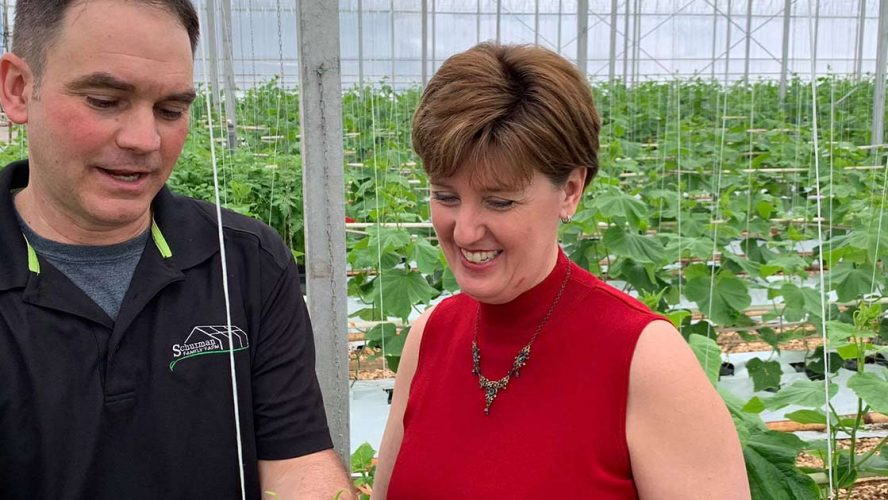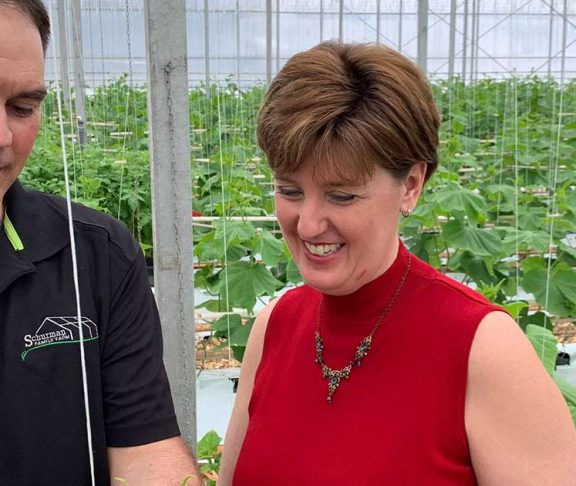
The Honourable Marie-Claude Bibeau
Minister of Agriculture & Agri-Food, Government of Canada
Canada’s dynamic agriculture and agri-food industry has shown tremendous resilience during the COVID-19 pandemic, continuing to produce high-quality food for Canadians. The industry is poised to lead our nation on the road to recovery and can “own the podium” on the world stage. Canadian farmers can help our nation to build back better, putting food on tables in Canada and abroad that’s produced with innovative practices and technologies that take care for the environment.
Our government’s vision for the sector for 2030 is to establish Canada as a global agriculture and agri-food leader that’s sustainable economically, socially, and environmentally. Canada can be a shining example of a thriving food system, with strong supply chains, food security for all, and vibrant rural communities.
A reputation for innovation
Over the past century, Canadian agriculture has made tremendous advances in innovation, from the horse and plow at the turn of the century, to tractors, to made-in-Canada technologies and practices such as no-till, canola, and new crop types that are resistant to drought and disease.
The Canadian industry has moved beyond the laptop to digital agriculture and technologies such as remote sensing and robotics. We must now develop our capacity to achieve a greater level of sustainable production and empower our dynamic food processing sector to seek out more value-added opportunities for our commodities.
Adapting to the changing agri-food environment
Continued investments in agricultural innovation on and off the farm will be critical to meet our future target of $75 billion in agricultural exports, and possibly even further, fueled by our trade agreements with key markets in North America, Europe, and Asia-Pacific.
Our investments in innovation-driven initiatives such as the Protein Industries Supercluster will help Canadian farmers capture growing global markets in crop-based proteins. Meeting the demands of a growing population will take continued dedication and determination. We’ll need to continue to embrace advanced technologies that will further enhance our production of primary and value-added products, and to improve sustainability — while listening to consumers.
For example, Canadian wheat has been recognized to be the best in the world, but we mustn’t become complacent because other countries are embracing new technologies to develop competitive wheat varieties as well. We’ll need to continue to investigate and adopt knowledge and technology if Canada is to remain competitive. And we’ll need to adapt to the changing demands of consumers, as well as the unpredictable global trading environment.
Canadian farmers creating the future of food
Our country’s first-ever Food Policy for Canada supports investments in local food infrastructure to make progress toward ensuring all Canadians can access a sufficient amount of safe, nutritious, and culturally diverse food, while supporting local economies and promoting environmentally sustainable food systems. Because we want everyone to participate in the bright future for Canadian agriculture, our federal government is also stepping up to partner with women, youth, and Indigenous peoples in taking on leadership roles through measures such as the new Canadian Agricultural Youth Council.
Canadian farmers aren’t sitting back to see what the future of food looks like — they’re out there in the field creating it. Our government will continue to support them every step of the way.


